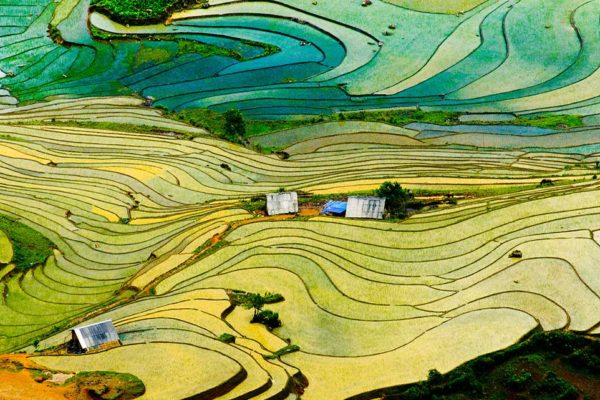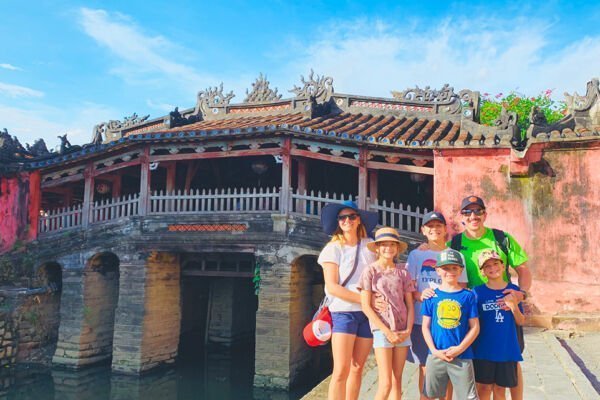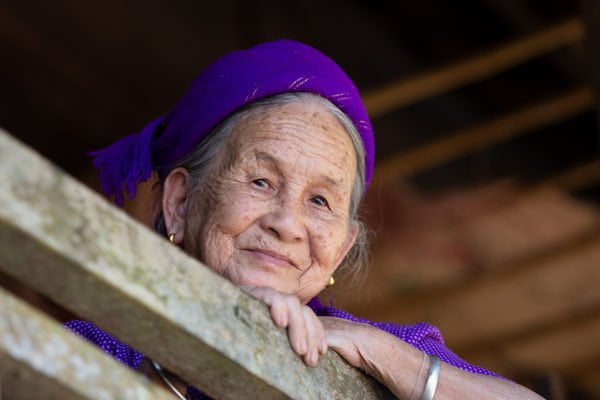The Ultimate Vietnam Travel Checklist Every Traveler Needs
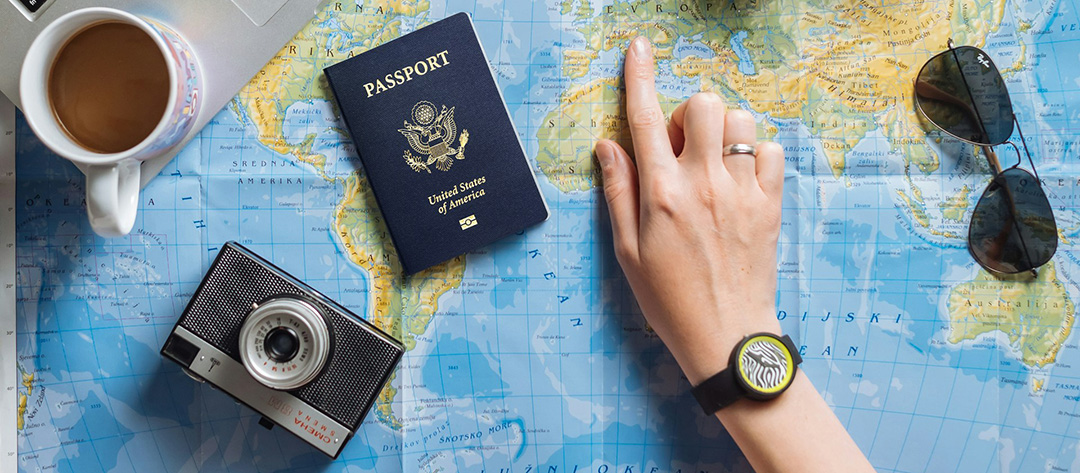
Dreaming of lantern-lit streets, limestone bays, and street-food feasts? This Vietnam travel checklist is the no-fuss way to plan visas, packing, SIMs, safety, and day-to-day logistics—so the journey runs smoothly from 00:00 airport arrivals to late-night market strolls. Use it to travel lighter, avoid common pitfalls, and make room for the moments Vietnam is famous for.
Why Do Travelers Need A Vietnam Travel Checklist Before The Trip
Vietnam stretches more than 1,600km from north to south, and that distance packs in distinct regions and microclimates. Expect crisp winter mornings in the north around Hanoi and Sapa, a central coastline that can see rains and surf shifts, and a southern rhythm that swings warm and humid, with quick sunbursts and sudden showers. A day spent weaving through Old Quarter alleys is not the same as a dawn climb to Mua Caves in Ninh Binh, nor is it like lazing on An Bang Beach or chasing mist on the Ha Giang Loop.
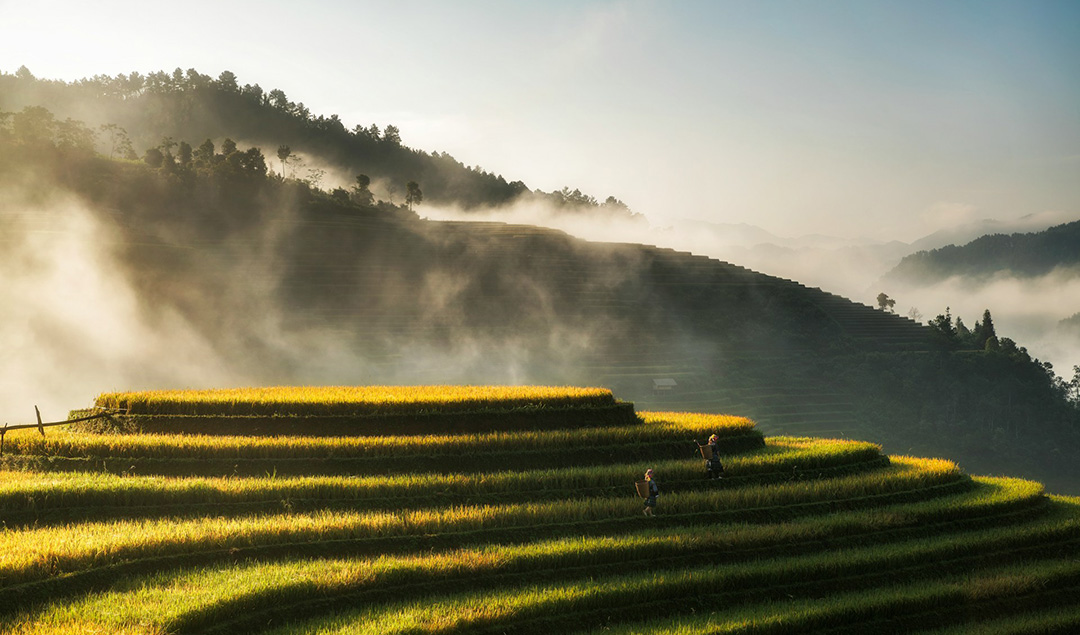
The diversity is part of the magic—and the reason a Vietnam travel checklist makes such a difference.
The stakes are practical. Entering on the wrong visa type can complicate re-entry, even if it’s just a detour to neighboring Cambodia. Pack only for heat, and an evening in the northern highlands can feel surprisingly brisk. Landing at 00:00 without a plan for cash or connectivity can make the first hours a maze.
With a checklist, what-ifs become easy wins: the proper documents are within reach, layers handle the temperature swings, apps and SIM cards are sorted before stepping out of the terminal, and small essentials—like a travel towel or power bank—save the day more often than imagined. Preparation is not about controlling the journey; it’s about opening it up. The fewer logistics to wrestle with, the more room for roadside bowls of steaming noodles, quiet temple courtyards, and coastal sunrises that reset the clock on what a perfect morning can be.
Pre-Departure Checklist: Your Vietnam Travel Backbone
Here are the essential notes that ensure you have everything in place for a smooth, worry-free journey from the moment you leave home.
Visas and Entry Requirements
- Confirm eligibility: Depending on nationality and length of stay, options can include visa-free entry, an eVisa, or embassy-issued visas. If the itinerary includes exiting and re-entering Vietnam, align the visa type with that plan—single-entry is fine for linear trips; multiple-entry or well-timed routes are better for regional loops.
- Match the entry point: If the visa approval lists a specific airport or land crossing, make sure the arrival plan matches. It’s easier to adjust the flight than renegotiate paperwork on the spot.
- Keep copies: Save PDFs and screenshots of visa approvals, and print a spare set. If the phone battery dips at the wrong moment, paper wins.
- Pack passport photos: Two to four recent photos remove friction for permits or unexpected admin.
- Double-check minor details: Surname order, passport number, and travel dates should be exact—small errors cause big delays at busy counters.
>> Read More: Vietnam E-Visa Update – Your Complete Guide to Hassle-Free Travel
Passport Validity Rules
To ensure a smooth travel experience, aim for your passport to be valid for at least six months beyond your arrival date and include two blank pages. Airlines are particular about this during check-in—it’s always best to check your passport at home rather than at the airport!
Vaccinations and Health Precautions
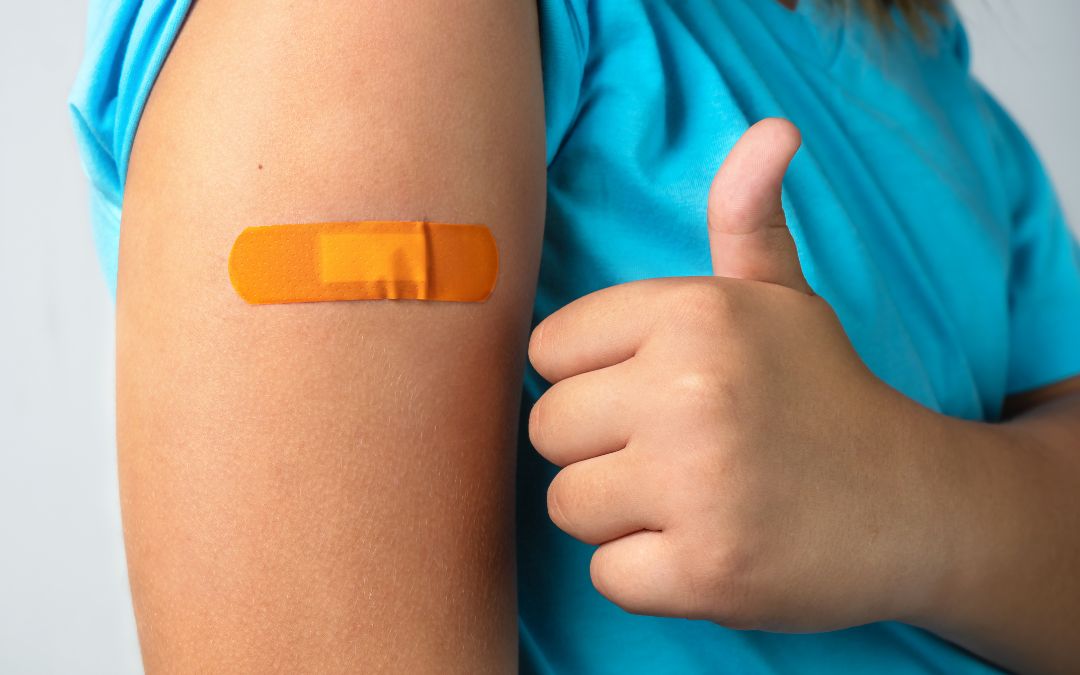
- Routine protection: Keep standard immunizations current, and consider hepatitis A/B, typhoid, and tetanus boosters depending on activities and destinations.
- Personal meds and documents: Pack prescriptions in original labeled containers with a brief doctor’s note if necessary. Add anti-diarrheals, oral rehydration salts, blister care, antihistamines, and motion sickness tablets if boats, buses, or trains are on the plan.
- Mosquito strategy: A combination of repellent (DEET or picaridin), long sleeves in peak hours, and accommodation with screens or nets typically keeps bites to a minimum.
- Hydration plan: Tropical humidity can catch travelers off guard. A reusable bottle and electrolyte sachets help on long walking days and sunny afternoons.
Travel Insurance Specifics for Vietnam
- Read the fine print: If riding a motorbike—driver or passenger—ensure the policy covers it, and note any license requirements. Check that trekking, kayaking, canyoning, or caving are included if those adventures beckon.
- Medical evacuation: Confirm coverage for evacuation to a nearby regional hub should specialized care be required.
- Electronics and delays: Check theft limits and interruption coverage. Keep policy numbers, 24/7 hotlines, and claim steps saved offline and on paper.
Booking Flights and Recommended Arrival Cities
1. Choose the right gateway:
- Hanoi (Noi Bai): northern icons like HaLong Bay, Ninh Binh, Sapa, and Ha Giang.
- Da Nang: central anchors including Hoi An, Hue, My Son, plus access to beaches and the Hai Van Pass.
- Ho Chi Minh City (Tan Son Nhat): southern routes to the Mekong Delta, Cu Chi Tunnels, Phu Quoc, and Con Dao.
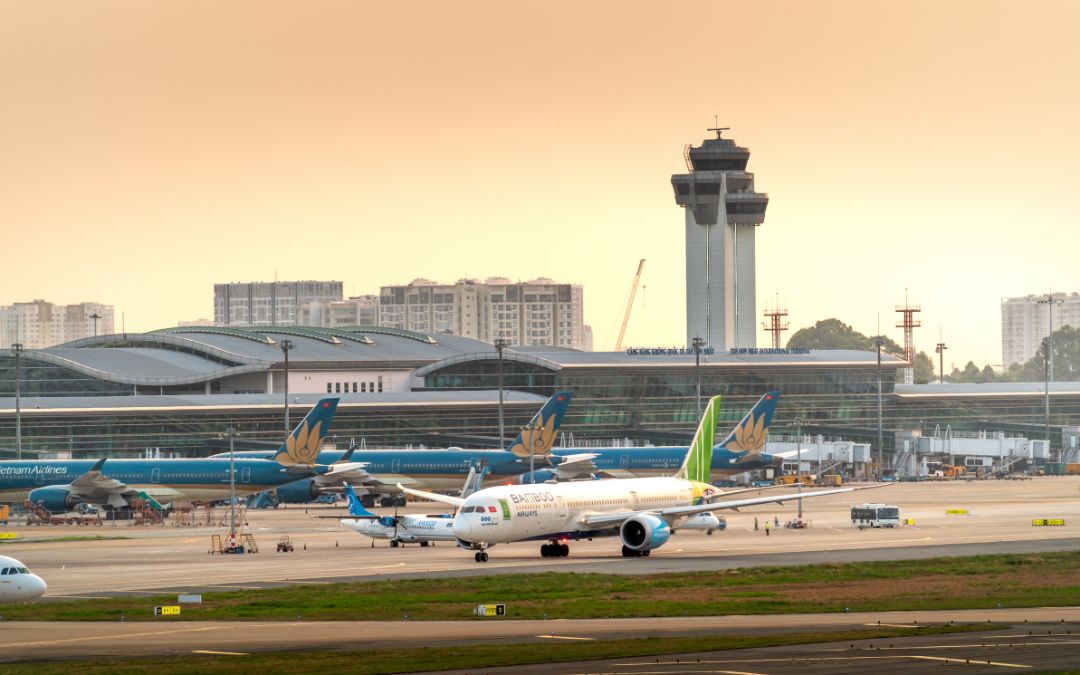
2. Open-jaw tickets save time: Arrive in Hanoi and depart from HCMC—or the reverse—to avoid backtracking.
3. Time buffers matter: Weather can nudge schedules, so build cushion between domestic links and international departures, especially in rainy seasons.
4. Late arrivals: If landing near 00:00, pre-arrange airport transfer or confirm ride-hailing coverage before boarding the flight. It’s one of those small steps that converts exhaustion into relief.
Packing Checklist: The Bags That Work Everywhere
Clothing Recommendations
Vietnam’s climate can jump from hot and humid afternoons to cooler, breezy evenings—especially up north. So, breathable, quick-dry fabrics that layer easily are recommended.
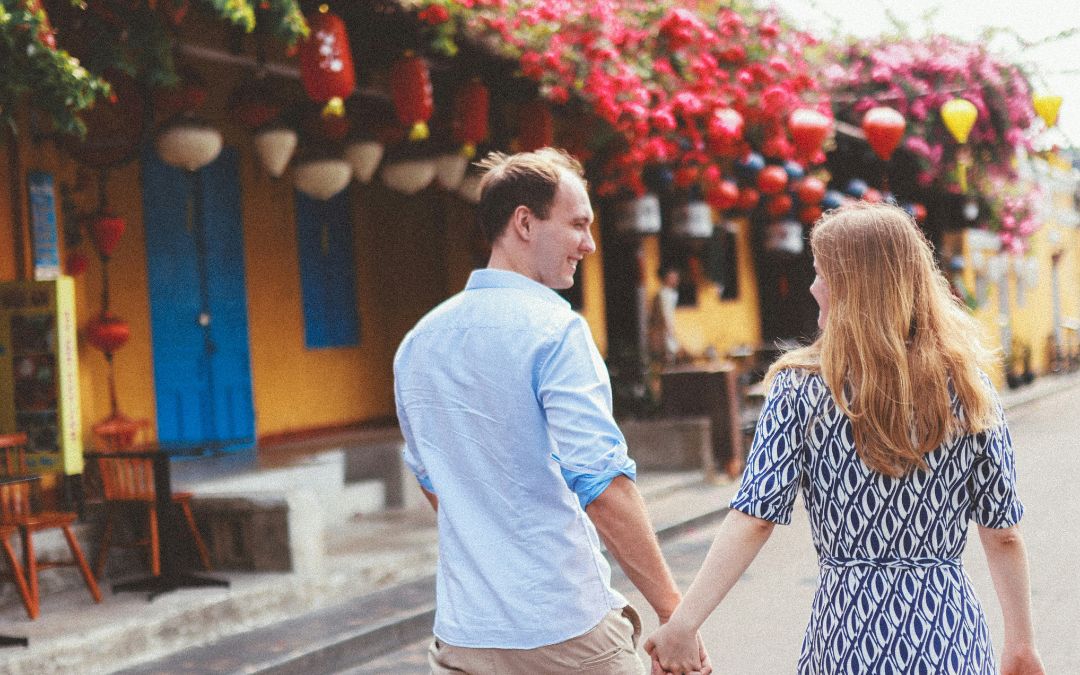
- Tops: 3–5 lightweight T-shirts or breathable shirts, 1 long-sleeve for sun protection or chill, and 1 light sweater or fleece for air-conditioned buses and northern nights.
- Bottoms: 1–2 pairs of airy trousers or hiking pants, 1–2 pairs of shorts, and a modest option suited to temple etiquette.
- Outerwear: A compact rain jacket or poncho is essential. In northern winter (roughly December to February), add a warmer layer like a light insulated jacket.
- Swimwear: Beaches, islands, hotel pools, and thermal comfort on boat trips all argue for packing a swimsuit; a rash guard helps in strong sun.
- Accessories: A wide-brim hat or cap, and a scarf or shawl—handy for both sun and modesty.
- Laundry mindset: Hotels and guesthouses offer quick, inexpensive laundry. Pack fewer items, wash more often, and carry a small laundry line for sink washes.
Footwear Advice
- City days: Cushioned walking shoes with good grip—urban sidewalks can be uneven, and a stable sole reduces fatigue.
- Highlands/treks: Lightweight hiking shoes or trail runners with traction; quick-dry socks keep feet comfortable in humidity or unexpected showers.
- Beach/island time: Flip-flops or water-friendly sandals that don’t mind wet decks or sandy paths.
- One more pair: A backup set of socks or foldable flats can rescue tired feet after long days.
>> Read More: What To Wear In Vietnam – A Comprehensive Packing Guide
Essential Electronics, Adapters, and Gadgets
- Power setup: Vietnam uses 220V, 50Hz with common plug types A, C, and F. A universal adapter covers almost everything; a compact travel power strip keeps multiple devices charging overnight.
- Charging gear: A reliable power bank (10,000–20,000mAh) and spare cables prevent low-battery stress on long transit days.
- Protection: A waterproof pouch for boat days and sudden downpours; a microfiber cloth to clear lens fog or clean camera glass.
- Capture tools: A phone or camera with extra batteries and memory cards; download offline maps and key documents to the device before boarding.
- Entertainment: An e-reader or tablet is lighter than books and doubles as a planning hub on slow trains.
Toiletries and Medication

- Easy to find: Shampoo, toothpaste, soap, razors, basic sunscreen, and sanitary products are widely available in cities and tourist areas.
- Bring from home: Preferred skincare lines, reef-safe sunscreens, specific deodorants, and any specialty items not easily replaced on the road.
- First-aid kit: Include plasters, antiseptic wipes, blister cushions, after-bite cream, antihistamines, and any routine pain relief. A small roll of athletic tape is surprisingly versatile.
Travel Documents and Wallet Tips
- Secure layers: Keep the passport in a secure pouch or zipped interior pocket; carry day-to-day cash in a small wallet; stash a backup card separately in a hidden spot or hotel safe.
- Digital resilience: Store photos of the passport, visa, insurance, and tickets on an encrypted app or secure cloud with offline access.
- Analog backup: A pen and small notebook handle forms and addresses, especially when phones are away or battery-worn.
Handy Extras
- Reusable water bottle and compact filter or purification tablets—better for the environment and perfect for long buses or hot days.
- Insect repellent (DEET or picaridin) and an after-bite stick to soothe any surprises.
- Foldable daypack for city wandering and markets; a packable tote for groceries or laundry runs.
- Travel towel, quick-dry laundry line, and a few pegs.
- Lightweight portable fan for humid evenings; a compact umbrella for sudden showers.
- Sleep toolkit: Earplugs and an eye mask for night trains, early flights, or bright hotel curtains.
On-the-Ground Survival Checklist: For Day-One Confidence
Money: Currency, Cards, and Cash Safety
- Currency is Vietnamese dong (VND). Cash is standard in markets, family-run eateries, and rural areas, while cards are more common in hotels and upscale venues.
- ATMs are abundant in cities and tourist towns. Withdraw sensible amounts to minimize fees without carrying an uncomfortable roll; split cash into separate stashes.
- Exchange at banks or authorized counters and count change discreetly. Avoid street changers and anyone offering rates far above the norm.
- Small notes help. Keep 10,000–50,000 VND bills handy for taxis, snacks, and tips.
Essential Apps for Travel in Vietnam
- Maps: Download offline areas for rural zones or days with patchy coverage. Star accommodations, transport hubs, and can’t-miss eateries.
- Transport: Ride-hailing apps work in major cities for cars and motorbike taxis; intercity planning is easier with official rail/bus tools or well-regarded aggregators.
- Translation: Quick lens translation for menus and signs reduces friction and unlocks more dishes.
- Food delivery: Ideal for rainy afternoons or tired returns between 22:00–00:00, when venturing out again feels like a stretch.
Local SIM Cards and Staying Connected
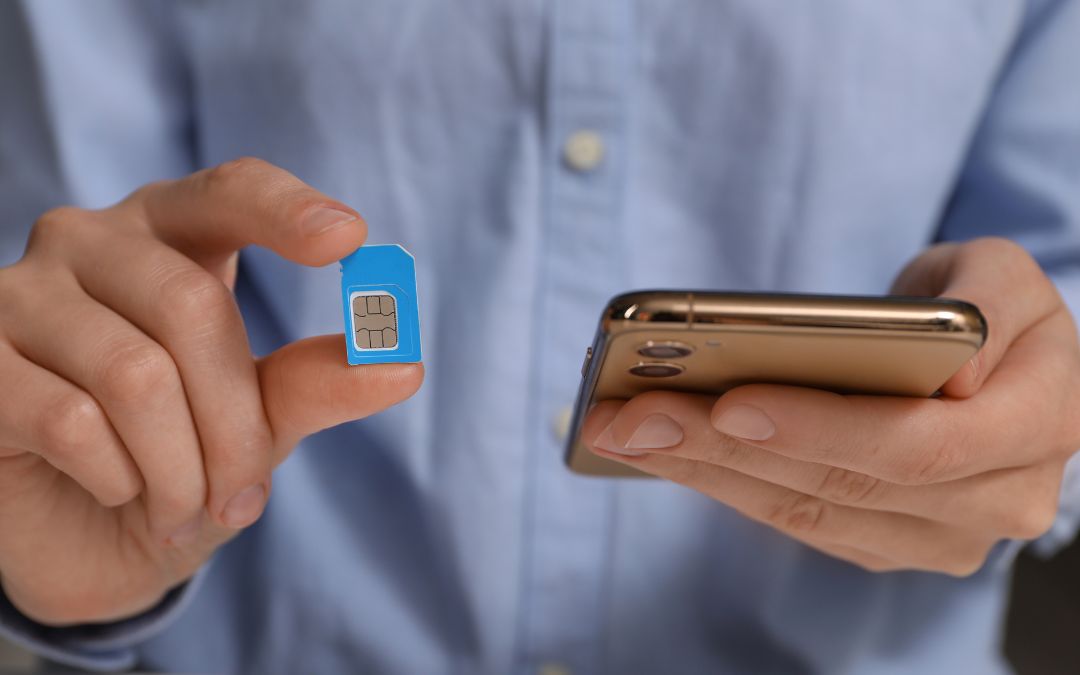
- SIMs are easily purchased at airports and official shops. Bring a passport for registration and ask the staff to set up and test the data before leaving the counter.
- Tourist packages often bundle generous data and hotspot allowance—ideal for maps, messaging, and remote work check-ins.
- eSIMs provide a set-and-forget option on compatible phones. Install the profile before flying and activate upon landing to avoid kiosk lines at 00:00.
Transport: What to Expect (Trains, Buses, Taxis, Bikes)
- Domestic flights make cross-country hops efficient and can free up days for exploration.
- Trains along the Reunification line offer scenic windows onto everyday life. Soft seats or sleeper berths boost comfort on longer legs; bring a layer for air-conditioned cabins.
- Buses and minivans connect popular towns and hidden corners alike. Confirm pick-up and drop-off points; station names sometimes differ from city-center arrival spots.
- Taxis and ride-hailing apps reduce fare confusion. If paying cash, agree on the total or insist on the meter before rolling.
- Motorbikes are the backbone of local mobility. If riding, verify license requirements and insurance coverage. Wear a proper helmet, go slow at first, and respect road rhythm.
>> Read More: Transportation in Vietnam – A Comprehensive Guide for Tourists
Street Food Safety and Dietary Tips
- Follow the crowd. Busy stalls rotate ingredients quickly and usually signal freshness.
- Heat is safety. Dishes cooked hot to order are generally a safe bet; watch the prep, the grill, and the water used for rinsing.
- Water wisdom. Stick to sealed bottles; ice in cities is often factory-made, but trust instincts.
- Dietary needs. Learn a few phrases to communicate vegetarian, vegan, or allergy requests. Many places near major sights now provide bilingual menus.
>> Check Out This Journey: A Food Lover’s Tour of Vietnam
Cultural Etiquette: Behavior Dos and Don’ts
- Dress with respect in temples and pagodas—covered shoulders and knees, shoes off when indicated.
- Tone and gestures. Keep voices moderate; avoid pointing feet toward people or altars; handshakes are common in cities, and a friendly smile goes far.
- Markets and bargaining. Negotiation is normal; keep it light and fair, and walk away politely if it doesn’t work.
- Photography. Ask permission before photographing people, especially in rural areas and at worship sites.
Safety and Health Checklist: For Peace Of Mind
Navigating Healthcare
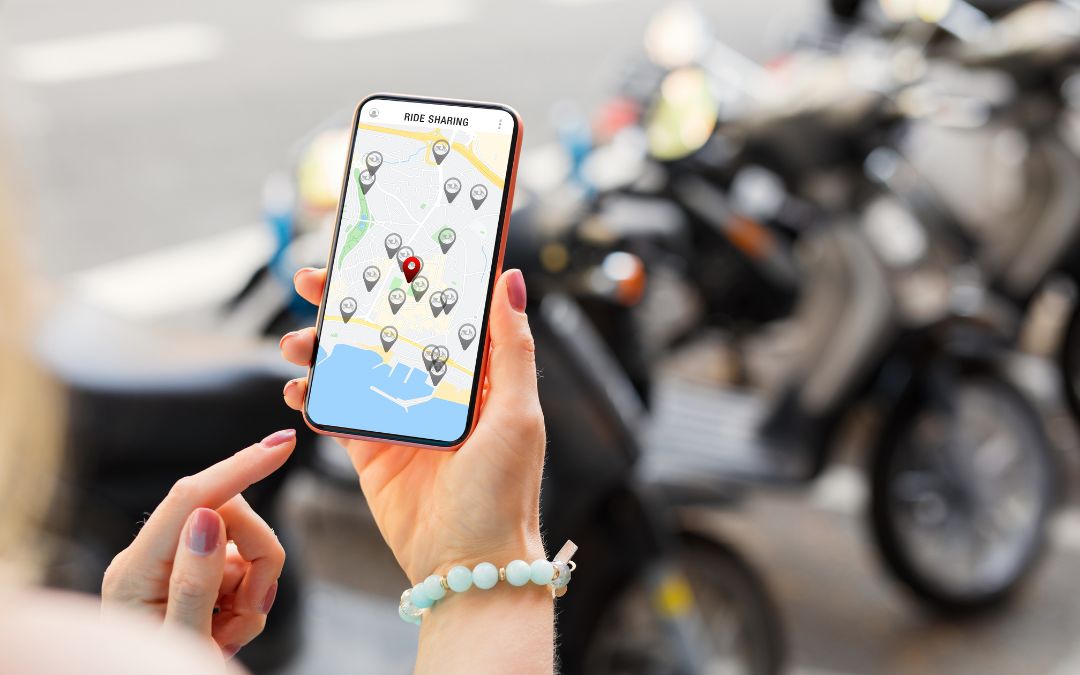
- Pharmacies are common in cities and well-stocked for basics, though brand names can differ. Stick to reputable shops and check packaging seals.
- Private clinics and international hospitals operate in major hubs. Save one or two addresses per destination, plus a phone number, in case of after-hours needs.
- Pack a personal health summary listing conditions, allergies, and key medications. It’s useful in emergencies and quick consultations.
- Heat management. Plan to sightsee to dodge the harshest afternoon sun; sip water regularly; use electrolytes after long, sweaty days.
Common Scams and Smart Avoidance
- Taxis. Prefer ride-hailing or reputable companies and insist on the meter. If a driver refuses the meter, choose another car.
- Vague pricing. For tours, boats, or meals with seasonal pricing, clarify the total at the start and what’s included—drinks, guide fees, entry tickets.
- Currency confusion. VND denominations can be deceptive at first glance; slow down and count change calmly, away from crowds.
- Tour quality. Evaluate by inclusions and safety standards, not just price. Trusted operators are worth the small premium when conditions or remoteness raise the stakes.
Emergency Numbers and Embassy Contacts
- Save local emergency numbers in the phone and on paper. Keep embassy or consulate contacts alongside passport copies and insurance details.
- Location awareness: Pin hotel and clinic locations on the map and share them within the travel group. A quick pin saves time when the signal is weak or the language creates a gap.
Staying Safe in Cities, on Roads, and in Remote Areas
- Traffic rhythm: Cross at a steady pace, eye contact where possible, and avoid sudden stops. Scooters flow around predictable movement.
- Night choices: Stick to lit streets and familiar areas after 22:00; choose registered transport for longer hops between 22:00–00:00 and beyond.
- Valuables: Use a cross-body bag with zippers and keep the phone secure when streets are crowded or when riding in open vehicles.
- Adventure readiness: For treks or loops, share the day’s plan with accommodation, confirm the weather, carry offline maps, a charged power bank, and a small first-aid kit.
>> See Tour: The Very Best of Vietnam
Final Thoughts
Traveling through Vietnam is a journey filled with breathtaking landscapes, rich traditions, and unforgettable encounters—but the real magic happens when you’re fully prepared. With the right checklist in hand, you can focus less on logistics and more on soaking in every moment, from savoring a steaming bowl of pho in Hanoi to watching the sun rise over Halong Bay.
If you’d rather skip the stress of planning and let experts craft a seamless adventure for you, Asia Pioneer Travel is here to help. Our team designs tailor-made itineraries that cover every detail, so all you have to do is show up and enjoy the ride. Ready to turn your Vietnam dreams into reality? Get in touch with Asia Pioneer Travel today and let us create your perfect journey.



